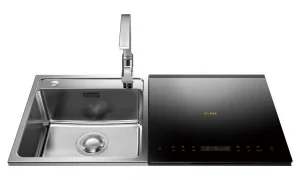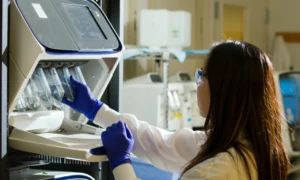Introduction
Ultrasonic Rhinoplasty, commonly referred to as a nose job, is a surgical procedure that aims to reshape and enhance the appearance of the nose. Over the years, advancements in technology have paved the way for innovative techniques in the field of rhinoplasty. One such groundbreaking approach is ultrasonic rhinoplasty, which utilizes ultrasonic energy to sculpt the nasal structures with unparalleled precision and minimal invasiveness. In this guest post, we will explore the intricacies of Ultrasonic rhinoplasty, its benefits, and how it has revolutionized the field of nasal reshaping.Understanding Ultrasonic Rhinoplasty
Ultrasonic rhinoplasty, also known as piezoelectric rhinoplasty, employs ultrasonic vibrations to perform precise osteotomies, or bone reshaping, during the surgical procedure. Unlike traditional rhinoplasty techniques that utilize manual instruments like chisels or hammers, Ultrasonic rhinoplasty employs specialized instruments that generate ultrasonic energy, which is then transmitted to the nasal bones. This ultrasonic energy effectively breaks down and reshapes the bone structure with minimal trauma to the surrounding tissues, resulting in a more controlled and accurate outcome.The Benefits of Ultrasonic Rhinoplasty
- Enhanced Precision: The use of ultrasonic energy allows surgeons to perform highly precise and controlled bone reshaping. The oscillating vibrations of the ultrasonic instruments selectively break down the bone structure without damaging the adjacent soft tissues. This precision enables surgeons to achieve better symmetry and contouring, leading to more satisfying and natural-looking results.
- Reduced Trauma and Swelling: Traditional rhinoplasty techniques often involve the use of manual tools that exert significant force on the nasal bones. This can result in increased trauma, swelling, and bruising, prolonging the recovery period. Ultrasonic rhinoplasty, on the other hand, generates minimal heat and mechanical trauma, which leads to reduced tissue damage, less postoperative swelling, and a faster recovery time for the patient.
- Minimized Risk of Complications: By minimizing trauma to the surrounding tissues, ultrasonic rhinoplasty significantly reduces the risk of complications such as bleeding, infection, and scarring. The precise control offered by this technique also allows surgeons to preserve the delicate nasal structures, including the nasal cartilage, leading to improved functional outcomes and reduced risk of functional impairments.
- Versatile Application: Ultrasonic rhinoplasty is a versatile technique that can be applied to various aspects of nasal reshaping. It allows surgeons to address common aesthetic concerns such as dorsal humps, wide nasal bones, and asymmetry. Moreover, it can be employed in more complex cases, including revision rhinoplasty, where delicate bone and cartilage manipulation are required.
- Patient Satisfaction: Due to its precise nature and reduced trauma, ultrasonic rhinoplasty often results in a high level of patient satisfaction. The improved accuracy in achieving desired aesthetic outcomes, along with a faster recovery, can greatly enhance patient confidence and overall satisfaction with the procedure.





























